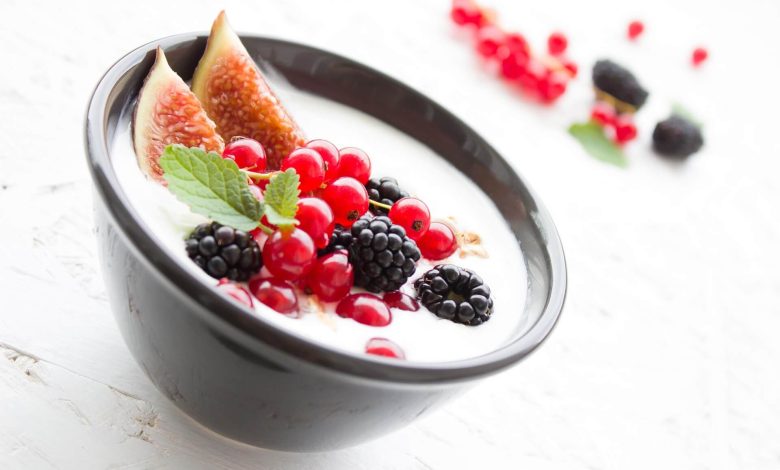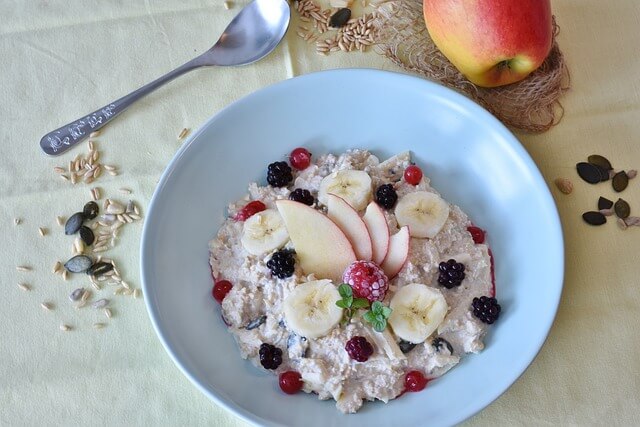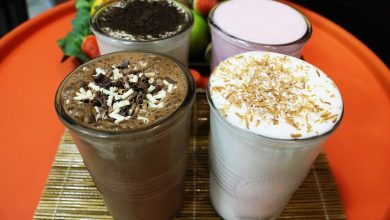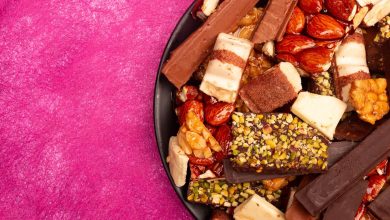What We Didn’t Know About Low Calorie Meals Until Now

Are you tired of feeling guilty after every meal? Do you want to shed some extra pounds but don’t know where to start? Look no further than low calorie meals! Not only are they great for weight loss, but they also have numerous health benefits.
In this blog post, we’ll explore everything you didn’t know about low calorie meals and how incorporating them into your diet can transform your health and wellbeing. From the best foods to include in a low calorie meal to filling recipes that will leave you satisfied, get ready to discover the power of low calorie eating!

The definition of a low calorie meal
A low calorie meal is defined as a meal that contains fewer calories than the average amount consumed in one sitting. The exact number of calories can vary depending on factors such as age, gender, and activity level. However, generally speaking, a low calorie meal should contain no more than 500-600 calories.
Low calorie meals are often associated with weight loss diets. However, they can also be beneficial for those looking to maintain their current weight or improve their overall health. By consuming fewer calories per meal, individuals may reduce their risk of developing chronic conditions such as diabetes and heart disease.
It’s important to note that not all low calorie meals are created equal. A meal consisting solely of processed foods that have been artificially modified to be lower in calories may not provide the same nutritional benefits as a balanced meal containing whole foods.
Incorporating fresh fruits and vegetables into your diet is an easy way to create nutrient-dense low calorie meals. Additionally, lean proteins such as chicken or fish can help you feel full for longer periods of time without adding excessive amounts of fat or calories.
Understanding what constitutes a low calorie meal is an important step towards achieving optimal health and wellbeing. With some planning and creativity in the kitchen, anyone can enjoy delicious yet nutritious meals without sacrificing taste or satisfaction!

How many calories should be in a low calorie meal?
When it comes to low calorie meals, one of the most important questions is how many calories should be in a serving. While there’s no hard and fast rule, generally speaking, a low calorie meal should have no more than 500 calories per serving.
However, this number can vary depending on your individual needs and goals. For example, someone who is very active may need more calories in their meals to maintain their energy levels throughout the day.
It’s also important to consider the quality of the calories you’re consuming. A meal that is high in protein and fiber will keep you feeling full for longer periods of time than a meal that is primarily made up of simple carbohydrates.
Ultimately, it’s best to work with a healthcare professional or registered dietitian to determine the appropriate amount of calories for your specific needs. They can help you create a personalized plan that takes into account your lifestyle and health goals while still enjoying delicious low calorie meals.
The benefits of low calorie meals
There are numerous benefits to incorporating low calorie meals into your diet. Firstly, consuming fewer calories than you burn can lead to weight loss and improved overall health. By reducing the amount of energy you consume, your body is forced to use stored fat as fuel.
Low calorie meals also tend to be high in nutrients such as vitamins, minerals, fiber and protein which help keep you feeling full for longer periods of time. This means that you will feel satisfied after eating without overindulging or snacking on unhealthy foods.
In addition, studies have shown that a diet rich in low calorie foods may also reduce the risk of chronic diseases such as diabetes, heart disease and cancer. Eating a variety of fruits and vegetables with lower caloric intake provides essential nutrients while minimizing inflammation throughout the body.
Another benefit is that preparing low calorie meals can often be easier on the wallet since many simple ingredients like beans, rice or lentils are inexpensive yet nutritious sources of carbohydrates and protein.
Choosing low-calorie options when dining out or ordering takeout allows for more flexibility while still maintaining healthy habits. It’s important to remember that small changes towards healthier eating habits can make a significant impact on overall health in the long run!
The best foods to include in a low calorie meal
When it comes to creating a low calorie meal, the food choices you make are crucial. You want to choose foods that are nutrient-dense and filling while still being low in calories. Here are some of the best foods to include in your low calorie meal.
Firstly, leafy greens such as spinach, kale and lettuce should be at the top of your list. These greens have very few calories but are packed with nutrients like vitamins A and C as well as fibre which keeps you feeling full for longer.
Another great option is lean protein sources like chicken breast, turkey or tofu. Not only do these help keep you fuller for longer periods of time than carbohydrates would but they’re also important for building strong muscles.
Don’t forget about healthy fats such as avocado or nuts! Including a small amount of these healthy fats can help keep you satiated throughout the day while also providing essential vitamins and minerals.
Fruits such as berries or apples can provide a sweet treat without blowing your daily calorie intake out of proportion. Just remember to balance out any fruit choices with other nutrient-dense options!
By including these types of foods in your meals, not only will you feel fuller for longer periods but you’ll also get all the essential nutrients that your body needs each day without compromising on taste!

How to make a low calorie meal more filling
When it comes to low calorie meals, one of the biggest challenges is making sure they are filling enough to keep you satisfied. Fortunately, there are several simple strategies you can use to increase the volume and satiety factor of your meals without adding too many extra calories.
One effective technique is to load up on non-starchy vegetables like broccoli, cauliflower, zucchini, peppers and spinach. These foods provide a lot of bulk for very few calories. You can add them as sides or mix them into soups, stews and casseroles.
Another way to boost the filling power of your meal is by including sources of lean protein such as chicken breast, turkey breast or fish. Protein-rich foods take longer to digest than carbs or fats which means they will help keep you feeling full for longer.
If you’re still not feeling satisfied after incorporating veggies and protein in your meal then add some healthy fats such as avocado slices or nuts/seeds. Healthy fats slow down digestion just like proteins do so this combination may help extend feelings of fullness even more.
Try using spices and herbs when cooking your food instead of relying heavily on salt which adds no nutrition value but does cause bloating. This will make it easier for you stick with a low calorie diet while enjoying tasty meals that leave you feeling fuller for longer periods throughout the day!
Low calorie meal recipes
Looking for some tasty low calorie meal ideas? You’ve come to the right place! Here are three delicious recipes that are sure to satisfy your cravings without breaking the calorie bank.
First up, we have a zucchini noodle stir fry. Swap out regular noodles for spiralized zucchini and load up on veggies like bell peppers, mushrooms and carrots. Season with soy sauce, garlic and ginger for an Asian-inspired flavor that’s both satisfying and healthy.
Next, try making a quinoa salad packed with colorful vegetables like cherry tomatoes, cucumbers and red onion. Toss in some chickpeas or grilled chicken for added protein. Top it off with a lemon vinaigrette dressing for a refreshing taste.
Don’t forget about breakfast! Whip up some egg muffins by mixing together eggs, chopped spinach and diced turkey bacon or ham. Pour into muffin tins and bake until golden brown. These little bites make for an easy grab-and-go breakfast option that will keep you full all morning long.
There you have it – three simple yet delicious low calorie meal ideas to add to your recipe arsenal. Happy cooking!

Conclusion
Low calorie meals can be a great addition to your diet if you are looking to lose weight or maintain a healthy lifestyle. By incorporating foods that are high in protein and fiber, such as vegetables and lean proteins, you can create satisfying meals that will keep you feeling full for longer periods of time.
Remember to pay attention to portion sizes and experiment with different cooking techniques and flavor profiles to keep things interesting. And don’t forget the importance of staying hydrated by drinking plenty of water throughout the day.
With these tips in mind, you can enjoy delicious low calorie meals while still achieving your health goals. So why not give it a try today? Your body (and taste buds) will thank you!
See More: How the Site Reliability Engineering Industry Grew and Developed



